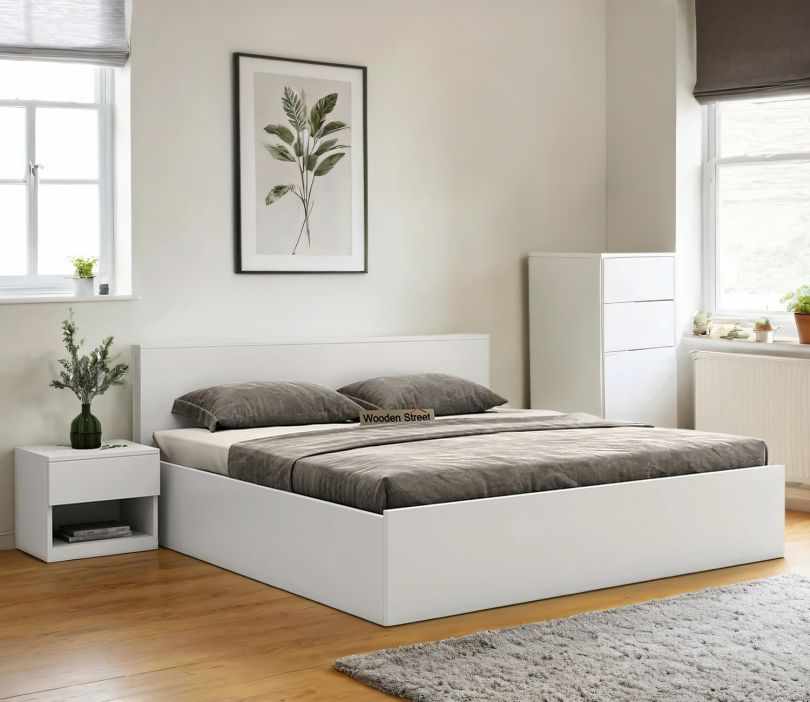
Beds are far more than just places to rest—they are cultural symbols that reveal stories of comfort, design, and lifestyle. From the straw mats of ancient civilizations to the modern bed design of today, sleeping spaces have evolved alongside human societies. The history of the bed reflects not only advancements in craftsmanship but also the values and traditions of different eras.
This article explores how bed designs evolved across civilizations, highlighting the transition from humble sleeping spaces to the latest bed designs that blend luxury with innovation.
Beds in Ancient Civilizations
1. Egyptian Beds: Symbols of Status
In ancient Egypt, beds were more than sleeping furniture—they symbolized status. Pharaohs rested on elevated wooden platforms adorned with carvings and gold. These early wooden bed designs served both comfort and prestige, making the bed a marker of wealth and power.
2. Greek and Roman Beds: Function and Luxury
The Greeks introduced simple bed designs, usually wooden frames with woven supports. Romans, however, elevated beds into versatile furniture, often reclining on them during meals and social gatherings. The concept of multifunctional bed designs began here, paving the way for today’s box bed designs and modular furniture.
Medieval and Renaissance Bed Designs
During the Middle Ages, beds became larger, heavier, and more decorative. Royalty and nobility slept in canopy beds, complete with curtains for privacy and warmth. These designs emphasized grandeur, often made from solid oak or walnut.
The Renaissance introduced artistry into wood bed designs, with intricate carvings and elaborate frames. Beds transformed into heirlooms, passed down generations as prized possessions. This period strongly influenced today’s wooden bed design trends, where durability meets elegance.
Asian Perspectives on Bed Design
1. Japanese Minimalism
Japanese culture embraced simplicity and practicality. Tatami mats and futons embodied simple bed design, where sleeping spaces could be rolled up or stored during the day. This cultural preference for minimalism continues to inspire modern bed design trends worldwide.
2. Chinese Wooden Bed Design
In China, wooden bed designs were often enclosed structures, resembling small rooms with latticework and curtains. These beds symbolized protection and intimacy, blending functionality with artistry.
The Evolution of Beds in Colonial Times
With global trade expanding, colonial-era beds combined influences from various cultures. Four-poster beds became widespread, and storage-friendly box bed designs emerged in rural European homes, especially in colder regions where maximizing space and warmth was essential.
This period also marked the beginning of functional yet decorative new bed designs, combining comfort with craftsmanship.
Industrial Revolution: The Rise of Modern Bed Designs
The Industrial Revolution revolutionized furniture-making. Machine production allowed for affordable, standardized bed designs, making comfort accessible to the masses. Metal frames became popular for their durability, while wooden frames remained a staple in traditional homes.
This era also saw the rise of practical innovations like spring mattresses, which paired perfectly with sturdy wood bed designs. The emphasis shifted toward mass accessibility without losing sight of comfort.
Contemporary Trends: Beds in the Modern World
Today’s modern bed design reflects a fusion of tradition, innovation, and lifestyle needs.
Minimalist Spaces – Inspired by Japanese and Scandinavian culture, simple bed designs prioritize clean lines and space efficiency.
Box Bed Designs – Perfect for urban apartments, these provide hidden storage, aligning with compact living trends.
Wooden Bed Designs – Still timeless, they add warmth and natural elegance to homes, often crafted from eco-friendly materials.
Latest Bed Designs – Incorporate smart features like hydraulic lifts, modular storage, and upholstered headboards for both comfort and convenience.
New Bed Designs – Focus on sustainability and multifunctionality, often blending reclaimed wood with contemporary aesthetics.
Cultural Influence on Sleep Practices
Across civilizations, the bed design reflects more than just architecture—it mirrors cultural values:
Europe valued grandeur, with beds becoming royal symbols.
Asia embraced minimalism, influencing today’s compact and functional bed designs.
Middle Eastern societies used low platforms and cushions, prioritizing communal sleeping and hospitality.
Even today, your choice of modern bed design or wooden bed design can be seen as a reflection of personal culture, lifestyle, and values.
Health and Wellness: The Hidden Cultural Connection
Historically, bed designs were not only about status or style but also about health. Elevated beds in Egypt protected from pests, while canopy beds in Europe shielded sleepers from cold drafts. Japanese futons allowed better posture and spinal alignment.
Modern wellness-oriented new bed designs continue this legacy by incorporating ergonomic features, storage for clutter-free rooms, and eco-friendly materials for healthier sleep environments.
What the Future Holds for Bed Design
The story of beds is still unfolding. With technology and sustainability shaping the furniture industry, future bed designs will likely combine smart features with eco-conscious craftsmanship. Imagine adjustable frames, built-in sleep monitors, and sustainable wood bed designs that minimize carbon footprint while maximizing comfort.
Just as ancient civilizations used beds to express culture and status, modern societies are using them to reflect values of sustainability, wellness, and innovation.
Conclusion
From the golden beds of Egypt to the simple bed designs of Japan and the innovative modern bed designs of today, the bed has evolved alongside human civilization. Each bed design tells a story—of culture, craftsmanship, health, and lifestyle.
Whether you choose a wooden bed design steeped in tradition, a box bed design for space efficiency, or a new bed design with eco-friendly features, your bed is more than a place to sleep—it’s part of a timeless cultural journey.
The next time you rest, remember: your bed design connects you not only to personal comfort but also to centuries of cultural evolution.

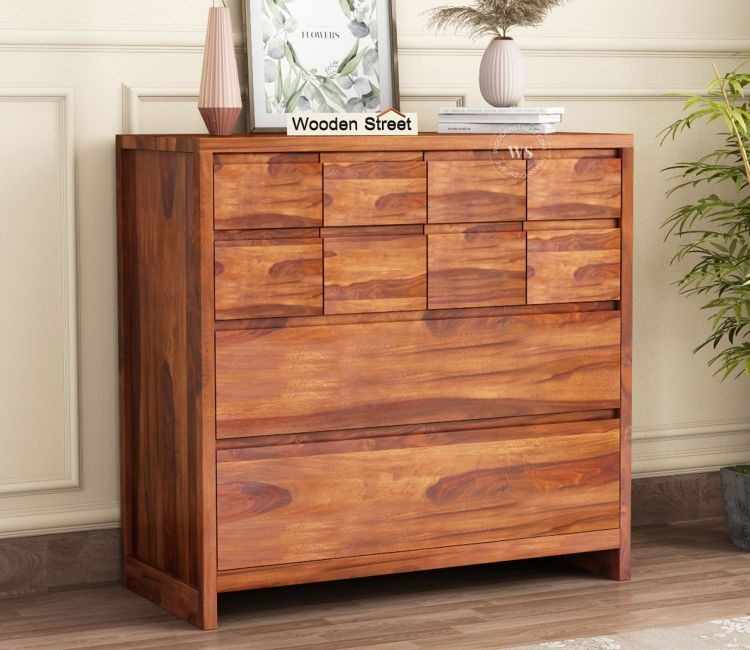
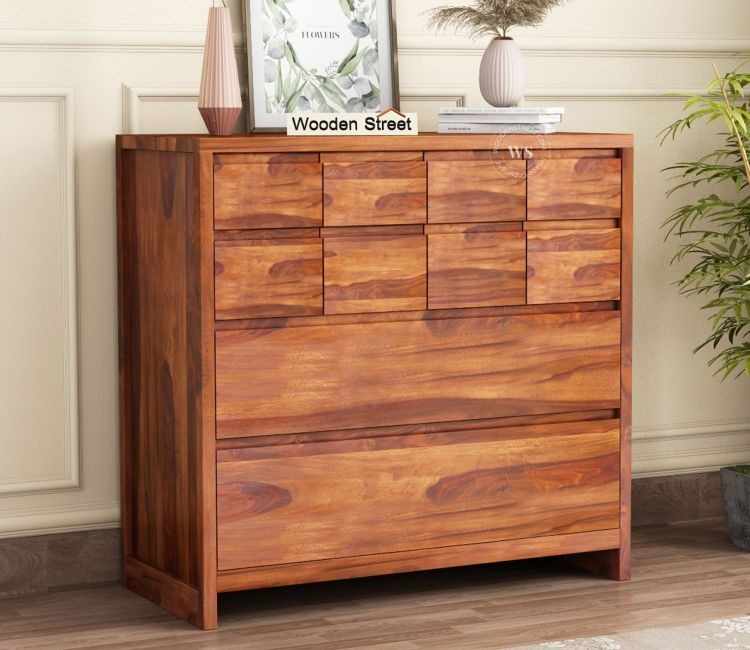
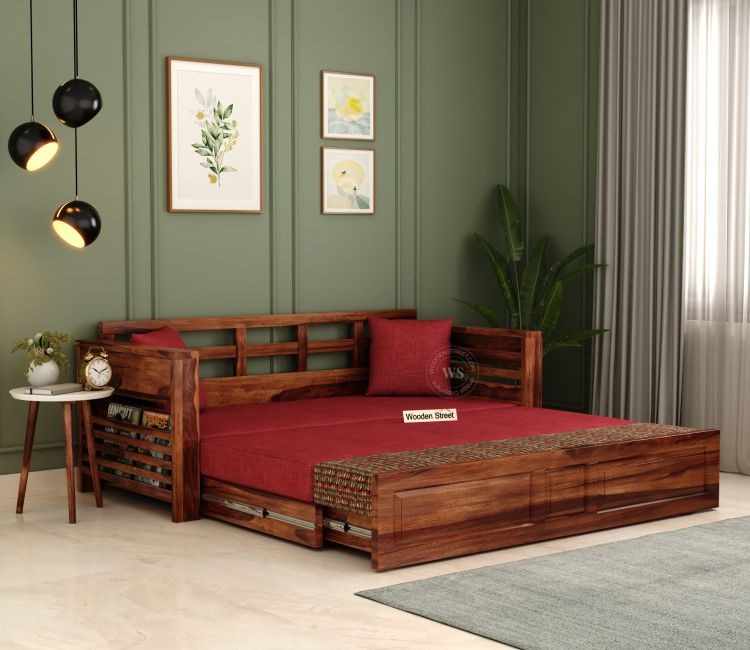
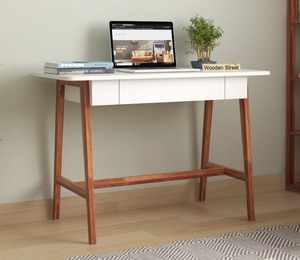
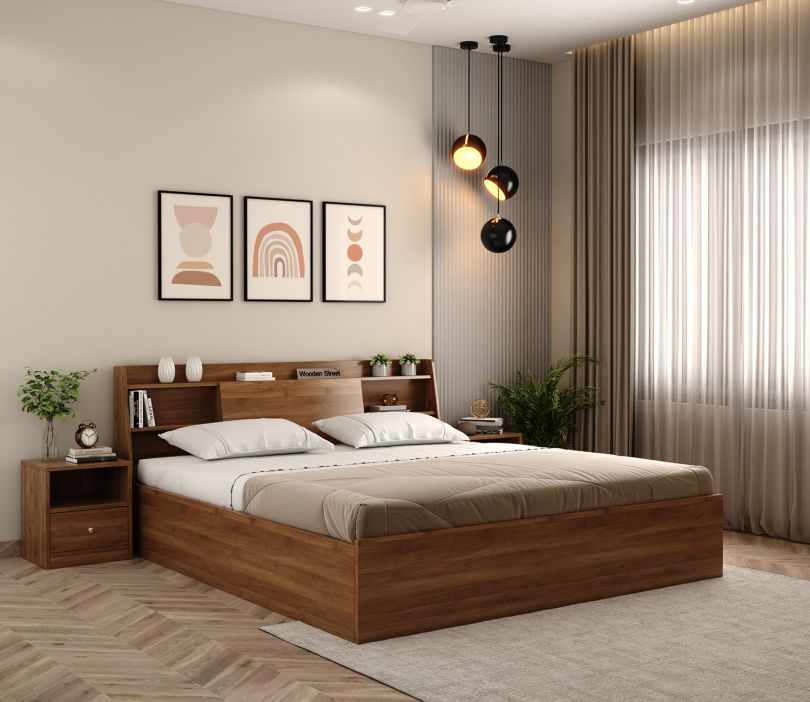
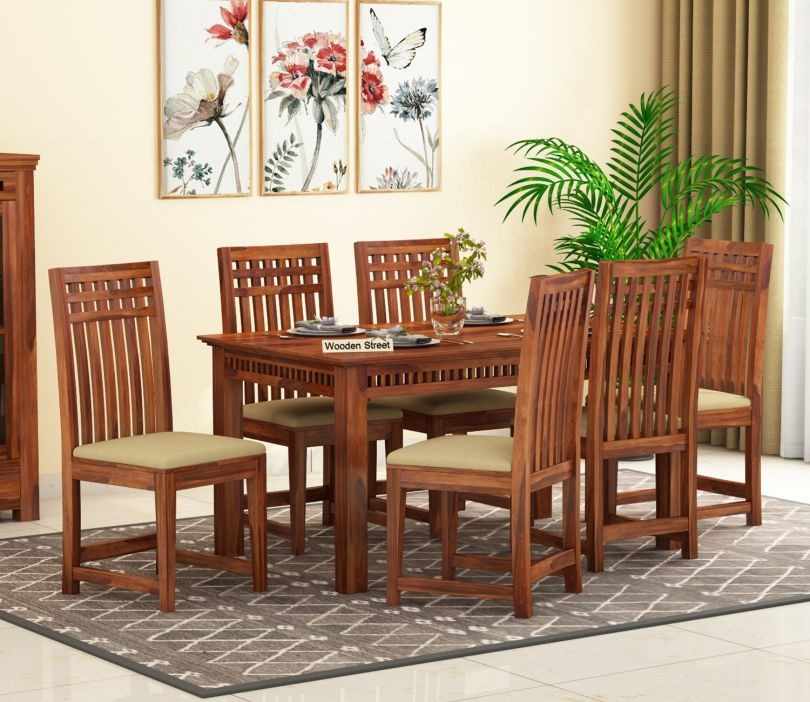
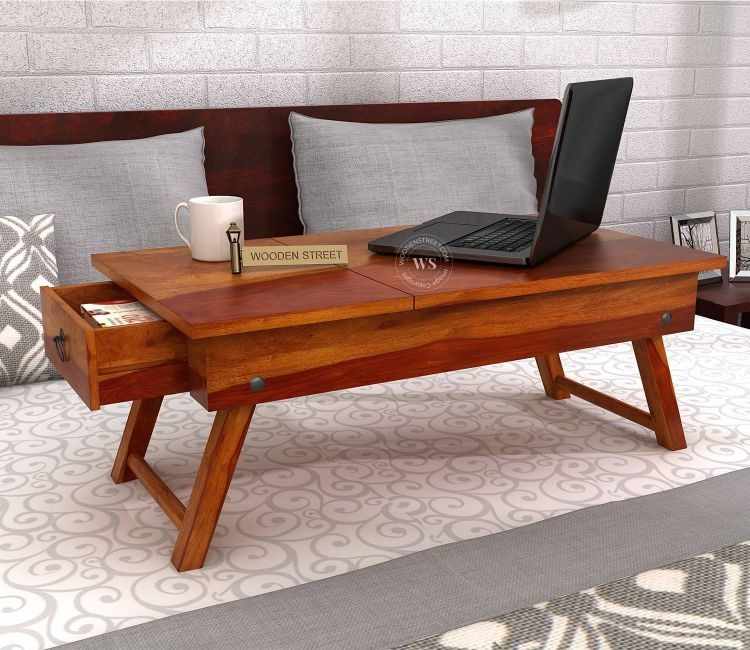
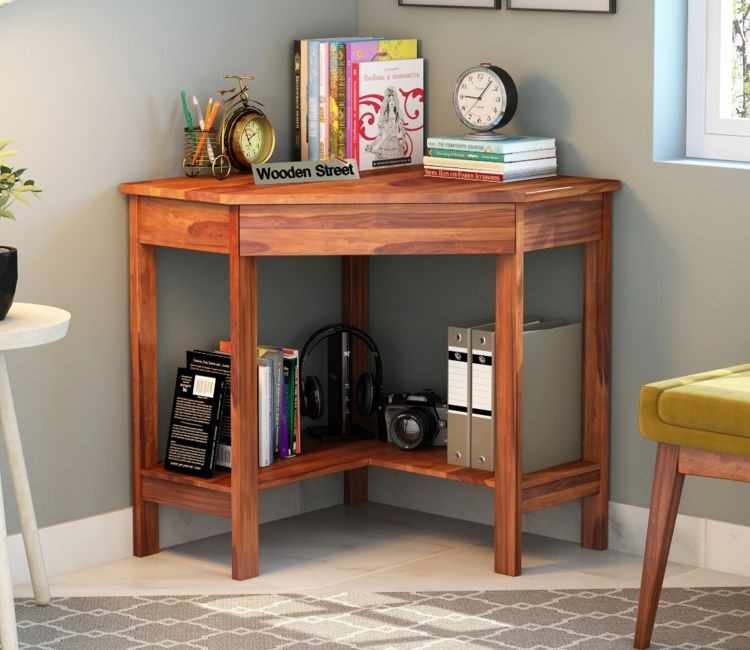
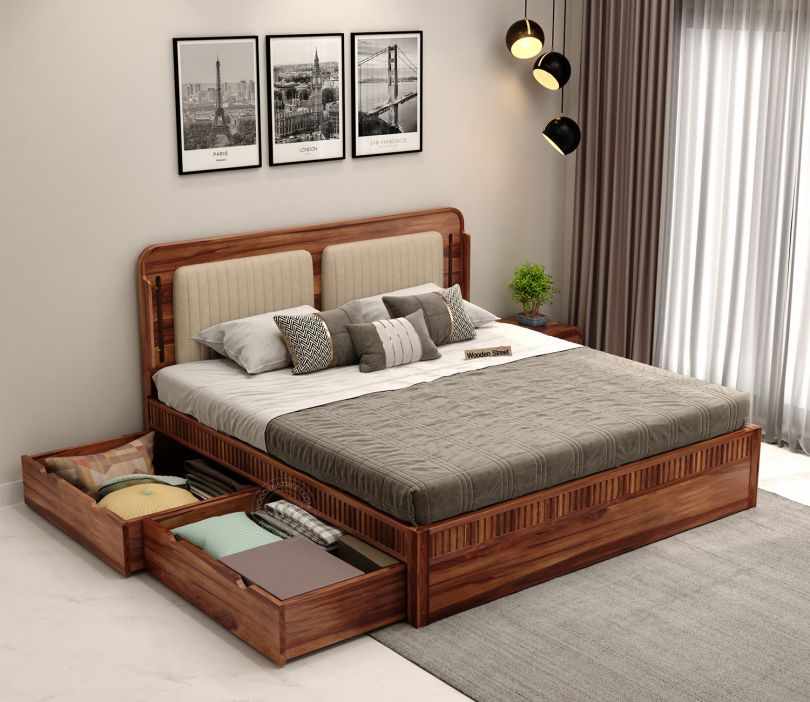

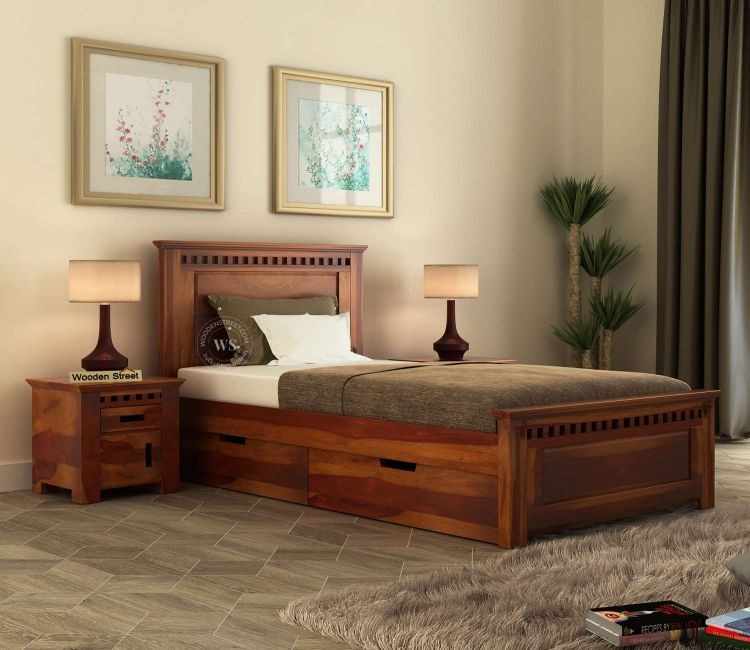
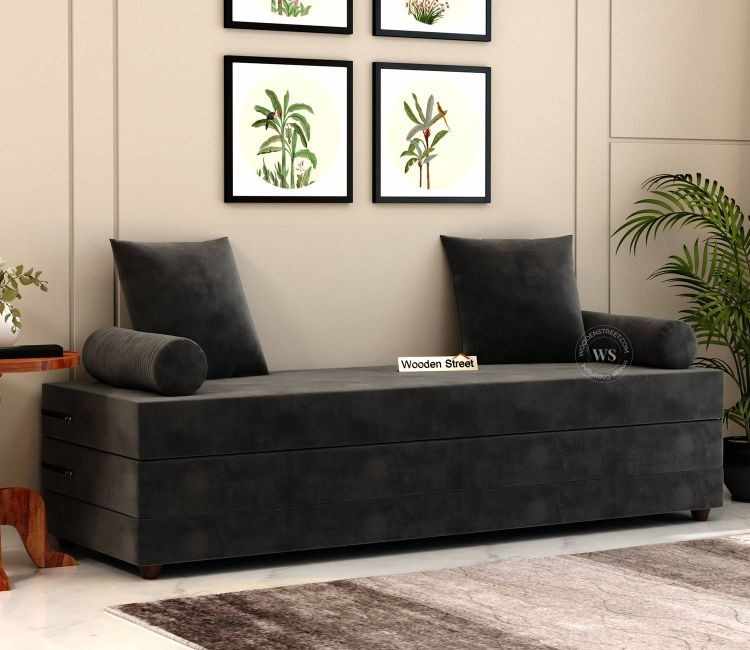


Write a comment ...